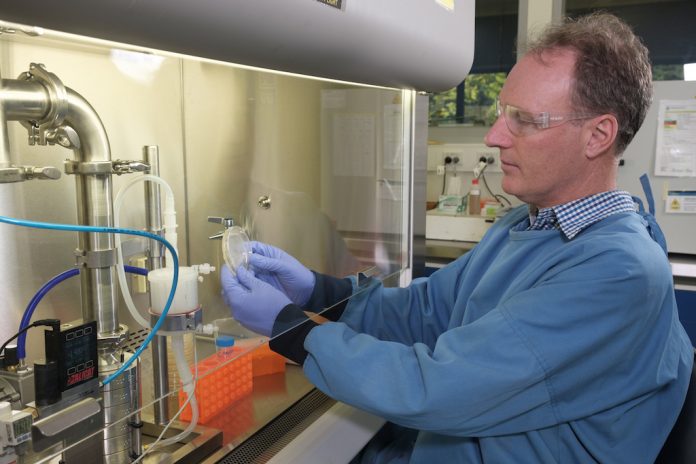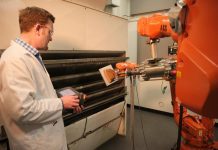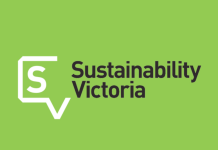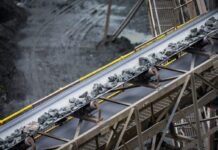
CSIRO has launched Australia’s first accredited surgical face mask testing facility to help manufacturers demonstrate the performance of their medical masks which will then be supplied to frontline healthcare workers.
The new facility launched in Melbourne today is accredited by the National Association of Testing Authorities (NATA). It has the capacity to provide a rapid turnaround on surgical face mask testing, allowing Australian companies to have their masks and materials tested locally instead of sending them overseas, thereby saving time and money.
CSIRO Chief Executive Dr Larry Marshall welcomed the announcement.
“It’s inspiring to see Australian science enabling Australian businesses to supply life-saving surgical face masks to protect our frontline health care workers – yet another way science is tackling the COVID-19 pandemic,” Dr Marshall said in a statement.
“This new facility will give Aussie businesses another solution from science to stop the spread of COVID-19 and save lives.”
“Science is guiding us through COVID-19, and science will help us grow on the other side. There’s not much Aussie innovation can’t solve, whether it’s finding the right vaccine or creating Australia’s first NATA-accredited face mask testing facility.”
Manufacturers can use test results obtained at the CSIRO facility to demonstrate that the performance of their medical masks is suitable for supplying Australian hospitals, as well as contributing to the global pandemic response, according to the national science agency.
Queensland’s Evolve Group has recently pivoted to mask manufacturing to help meet the country’s COVID-19 PPE demands. Evolve’s Managing Director, Ty Hermans, said the new testing facility will support the company getting its masks to where they’re needed faster.
“Using CSIRO’s Australian testing facility means we don’t have to ship our masks overseas, which saves us time and money,” Mr Hermans said.
“It has been our mission to reshore manufacturing ever since we started in 2006.”
“Testing our face masks at CSIRO’s facility aligns with our goal to bolster Australia’s sovereign manufacturing capability and not have to rely on overseas facilities.”
“Evolve Group is confident in the product we have designed and we’re now looking forward to CSIRO testing our masks to ensure they meet stringent Australian standards and can provide critical protection to frontline workers.”
Meanwhile Minister for Industry, Science and Technology Karen Andrews said the announcement is ‘great news for local manufacturers’ and that the new facility will boost Australia’s sovereign capability to produce essential medical supplies more efficiently and at a lower cost.
“The COVID-19 pandemic has seen many Australian businesses shift quickly to meet unprecedented demands for personal protective equipment,” Minister Andrews said.
“This new facility gives companies access to accredited testing here at home so they can demonstrate their products meet rigorous Australian standards.”
“The facility will also be able to test masks from other countries, enabling Australia to assist our regional neighbours in their fight against COVID-19.”
To gain NATA’s accreditation, the CSIRO facility underwent rigorous on-site assessments to ensure it could provide tests that show single-use surgical masks adequately filter biological particles, resist against blood penetration and enable the wearer to breathe comfortably. Manufacturers that pass all three tests will meet both Australian and international standards and can be registered on the Australian Register for Therapeutic Goods.
The face mask testing facility builds on CSIRO’s response to COVID-19, which has included testing and scaling up potential vaccines, using data to model and predict virus spread, and testing wastewater for traces of the virus.



















